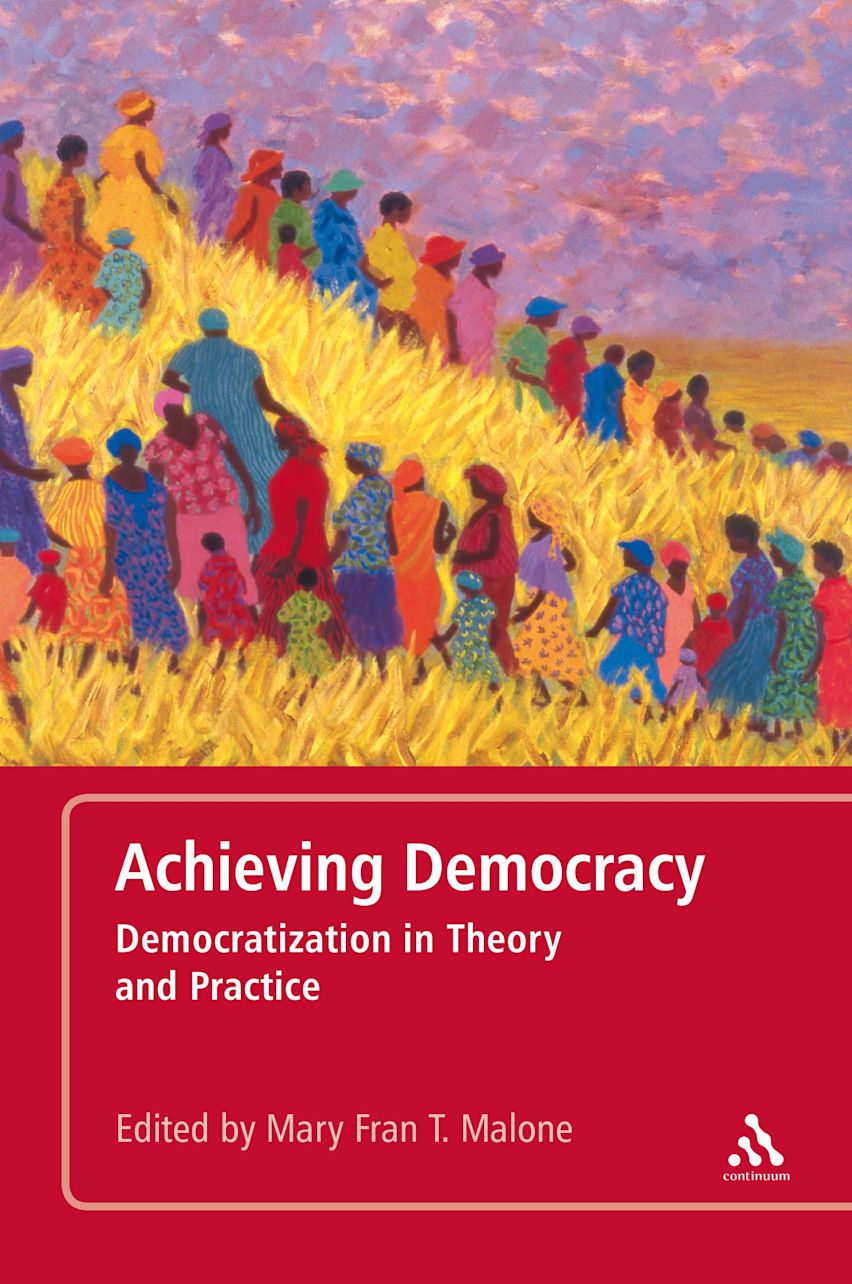Achieving Democracy
Democratization in Theory and Practice
Achieving Democracy
Democratization in Theory and Practice
Description
Democracy is the ability to participate freely and equally in the political and economic affairs of the country. Americans have relied on philosophical pragmatism and on the impulse of political progressivism to express those creedal democratic values. Achieving Democracy argues that, in the last 30 years, however, by focusing on free markets and small government, America has since lost its grasp on these crucial democratic values. Economically, the vast majority of Americans have been made worse off due to a historically unprecedented redistribution of wealth from the lower and middle classes to the top one percent. Politically, partisan gridlock has hampered efforts to seek fairer taxes, responsive and effective regulation, reliable health care, and better education, among other needs.
Achieving Democracy critiques the history of the last 30 years of neoliberal government in the United States, and enables an understanding of the dynamic and changing nature of contemporary government and the future of the regulatory state. Sidney A. Shapiro and Joseph P. Tomain demonstrate how lessons from the past can be applied today to regain essential democratic losses within the successful framework of a progressive government to ultimately construct a good society for all citizens.
Table of Contents
Section 1:
Introduction to Democratic Development
1. Democracy's March through History - Marlene Sokolon and Mary Fran T. Malone
2. Why Democracy? - Jonathon Hiskey and Alynna Lyon
3. Explaining Democratization - Mary Fran T. Malone
Section 2:
First Wave of Democracy
4. The Development and Growth of British Democracy - Nicoletta F. Gullace
5. The American Road to Democracy: An Early Start, but Late Finish - Marvin P. King, Jr., Stephanie McLean
6. The Emergence and Evolution of Democracy in Switzerland - Paolo Dardanelli
Section 2 Discussion Questions and Hypothesis Testing Exercise
Section 3:
Second Wave of Democracy
7. From Defeat and Division to Democracy in Germany - Paul Fritz
8. The Transformation of Japanese Democracy - Mary Alice Haddad
9. India's Democracy: Success against the Odds - Laura Jenkins and Harita Patel
Section 3 Discussion Questions and Hypothesis Testing Exercise
Section 4:
Third Wave of Democracy
10. Democracy Interrupted and Restored: the Case of Chile - Mary Fran T. Malone
11. Poland's Democratic Development - Ewa Golebiowska
12. South Africa's Miraculous Transition to Democracy - Emily Rodio
Section 4 Discussion Questions and Hypothesis Testing Exercise
Section 5:
Conclusion
13. Why is Democracy Elusive in the Middle East? - Jeannie Sowers
14. The Promotion of Democracy: Actors and Methods - Dinorah Azpuru
Section 5 Discussion Questions and Hypothesis Testing Exercise
Afterword - Mary Fran T. Malone
Product details
| Published | 24 Dec 2015 |
|---|---|
| Format | Ebook (PDF) |
| Edition | 1st |
| Extent | 416 |
| ISBN | 9781441113412 |
| Imprint | Continuum |
| Publisher | Bloomsbury Publishing |
Reviews

ONLINE RESOURCES
Bloomsbury Collections
This book is available on Bloomsbury Collections where your library has access.


































